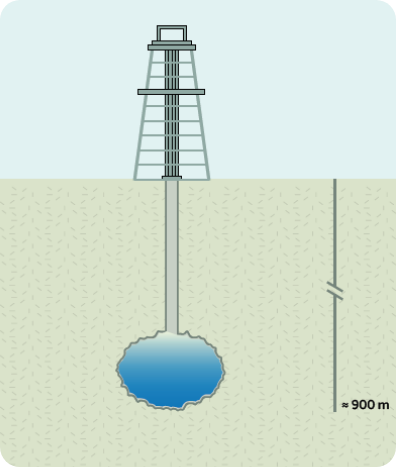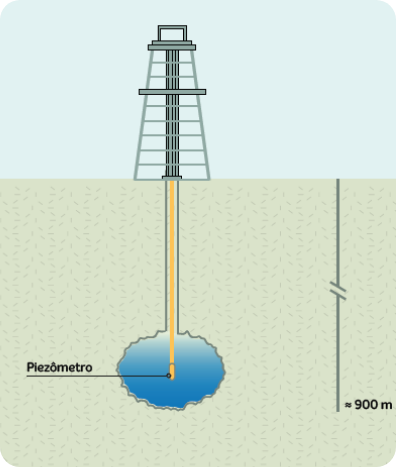Salt wells closure is monitored by authorities
The extraction of rock salt in Maceió was completely halted in May 2019, and Braskem has been taking measures for the definitive closure of the salt wells, according to the plan presented to the authorities and approved by the Brazilian National Mining Agency (ANM). Completion of the work is scheduled for mid 2026.
Studies conducted by national and international institutes showed the appropriate technique to be applied to each of the 35 salt wells.
All wells are technically monitored with high-tech instruments for the safety of the surroundings and the areas of evacuation and monitoring.
LEARN ABOUT THE TECHNIQUES ADOPTED FOR
THE DEFINITIVE CLOSURE OF THE WELLS

Certain wells are filled with sand mixed with saline water extracted from the cavities. This process involves placing the sand and saline water mixture so that it settles uniformly inside the cavity. This is done until the cavity is completely filled. Afterwards, the wells are plugged with cement.

One method of closing the cavities involves the natural pressurization of the brine already inside them, a process akin to what occurs in a hermetically sealed space. This pressurization is monitored using a piezometer, a device that tracks the cavity's pressure and temperature. It can be installed via the original well or new access.

The piezometer is placed in the well. After technical analyses, when pressurization is confirmed, the well in which the piezometer was installed is plugged with cement.

When the original access to the cavity is obstructed, two new wells are created. Installation of the piezometer is done via one of them. On the other hand, the cement is injected into the blocked well. When stability is confirmed, the well in which the piezometer was installed is plugged.

Geophysical studies indicated that some cavities were naturally filled. First, sonar and microgravimetry analyses were conducted. In situations where obtaining images through the method mentioned earlier was not feasible, seismic tomography was conducted. This involved creating two accesses: one for installing a wave-emitting device and another for a receiver. Following the analysis of various geophysical studies, it was confirmed that natural closure had occurred, and no additional action was required. Subsequently, the well is plugged with cement.
Know the closure status of the 35 wells
Click on the location to see the information.
Click on the location to see the information.

 EN
EN


